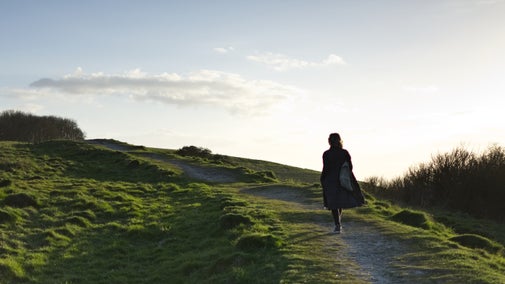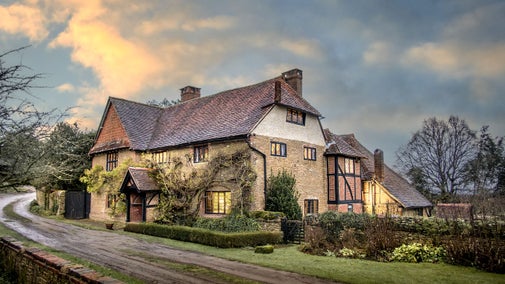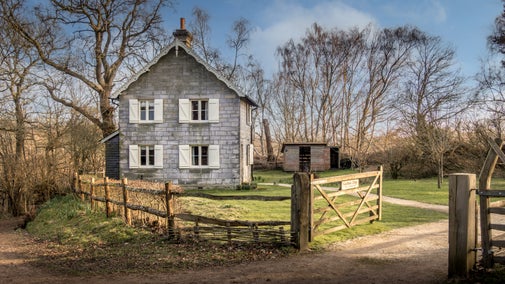
Become a member
Join today and help protect nature, beauty and history – for everyone, for ever. Enjoy access to more than 500 places with National Trust membership.
Dramatic hill-top views and secluded valleys, with abundant wild flowers
Harting Down (off B2141), South Harting, Petersfield, GU31 5PW

| Asset | Opening time |
|---|---|
| Countryside | Dawn - Dusk |
No toilets. Nearest public toilet is in South Harting, adjacent to the White Hart pub. Dogs on leads welcome. Steep gradients in places, unsurfaced paths and uneven ground; may not be suitable for wheelchair use.
Harting Down (off B2141), South Harting, Petersfield, GU31 5PW
Harting Down is one of the largest areas of ancient chalk downland. A tapestry of pristine downland blends beautifully with scattered scrub and woodland. It is also home to one of the best juniper sites in the south.
Look out for the remains of an Iron Age hill fort and cross-ridge dykes. The remains of a Napoleonic war telegraph station can be found on Beacon Hill, the highest point on Harting Down.
Experience a sense of timelessness where sheep have grazed for thousands of years. In the last ten years we have reintroduced conservation grazing in order to sustain the diverse wildlife.
Explore the trails and meet the wildlife at Harting Down, a slice of countryside with soaring views and woods.

Explore the South Downs for breathtaking landscapes, historic sites, and family-friendly activities. You can visit iconic spots like Devil's Dyke, Birling Gap, and Saddlescombe Farm for restorative time in nature

A moderate walking trail around Harting Down, one of the largest areas of ancient chalk downland in our care. Discover rare wildlife and enjoy panoramic views over the Weald to the North Downs.


A charming country retreat on the edges of the South Downs.

This gamekeeper’s cottage is surrounded by woodland on the Nymans estate.
Sorry, there are no upcoming events at this place
Harting Down is one of the largest areas of ancient chalk downland cared for by the National Trust. A tapestry of pristine downland blends beautifully with scattered scrub and woodland.
Experience a sense of timelessness where sheep have grazed for thousands of years. When you reach the brows of the hilltops you are greeted by views north across the Weald and south to the Isle of Wight.
Hear skylarks bursting with song above you and tread on grassland awash with pyramidal orchids and wild herbs. Venture off the South Downs Way into a more secluded valley where you will find species-rich downland turf edged with scrub full of songbirds. It is also home to one of the best juniper sites in the south. Butterflies such as the grizzled skipper thrive here. Look out for rarities such as the exquisite blue carpenter bee and the cheese snail.
Of historical interest is an Iron Age hill fort and cross-ridge dykes. The remains of a Napoleonic war telegraph station can be found on Beacon Hill, the highest point on Harting Down. In the last ten years we have reintroduced conservation grazing in order to sustain the floristic diversity.

Join today and help protect nature, beauty and history – for everyone, for ever. Enjoy access to more than 500 places with National Trust membership.
By sharing your email address you’re agreeing to receive marketing emails from the National Trust and confirm you’re 18 years old or over. Please see our for more information on how we look after your personal data.